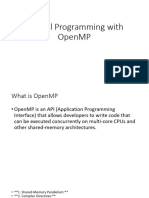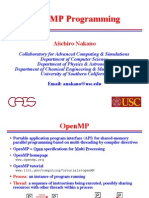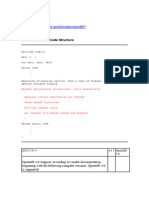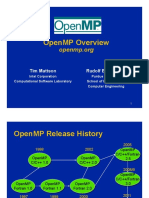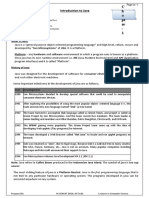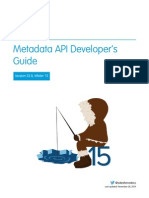0% found this document useful (0 votes)
15 views23 pagesOpenMP and MPI Parallel Programming Guide
Uploaded by
syed mujtubaCopyright
© © All Rights Reserved
We take content rights seriously. If you suspect this is your content, claim it here.
Available Formats
Download as DOCX, PDF, TXT or read online on Scribd
0% found this document useful (0 votes)
15 views23 pagesOpenMP and MPI Parallel Programming Guide
Uploaded by
syed mujtubaCopyright
© © All Rights Reserved
We take content rights seriously. If you suspect this is your content, claim it here.
Available Formats
Download as DOCX, PDF, TXT or read online on Scribd
/ 23





